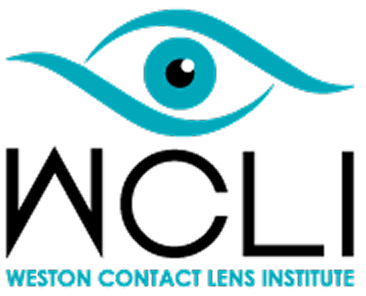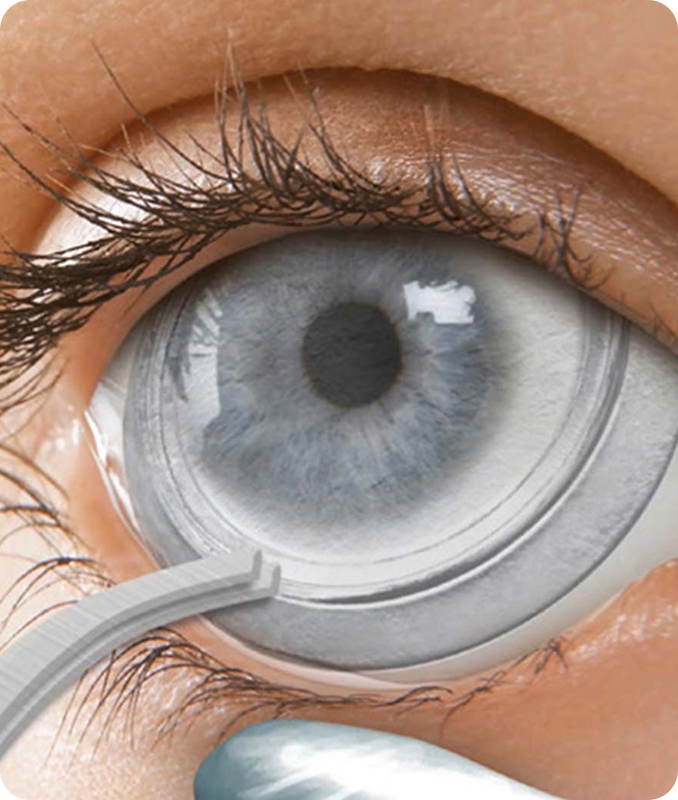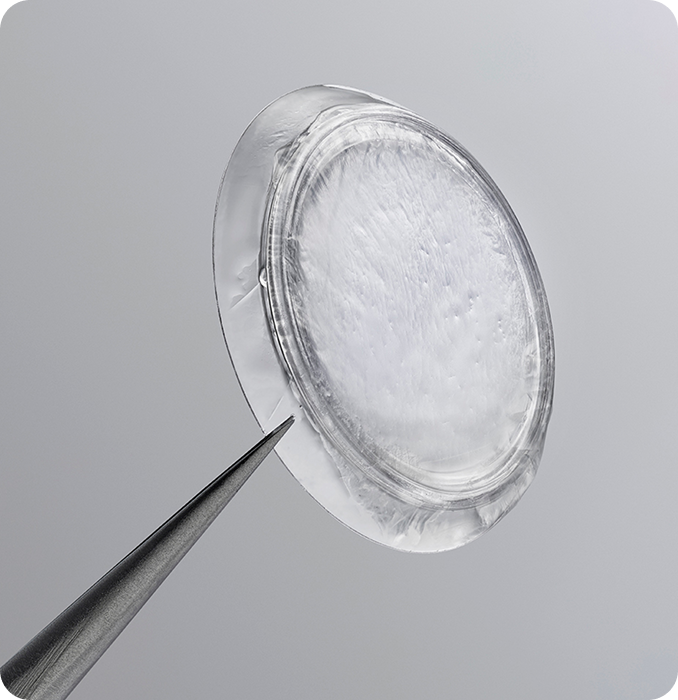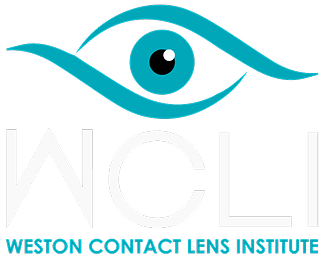Understanding Prokera Eye Treatment
Prokera plays a pivotal role in a diverse range of eye treatments. It represents a specially processed and preserved amniotic membrane designed for use in various eye-related conditions and surgeries. Renowned for its regenerative and anti-inflammatory attributes, the amniotic membrane sourced from the placenta’s innermost layer is crafted to stimulate healing and alleviate inflammation in the eye.
Treatment of Eye Surface Disorders:
Prokera is used in addressing a spectrum of eye surface disorders, providing a targeted approach to healing.
Post-Eye Surgery:
It aids in the recovery process after eye surgeries, promoting optimal healing and reducing the risk of complications.
Management of Ocular Surface Inflammation:
Prokera serves as an effective tool in managing inflammation on the ocular surface, offering relief in various challenging conditions.
The Prokera treatment involves strategically placing the amniotic membrane onto the affected eye’s surface for a specific duration, typically spanning 3-5 days. During this period, the membrane naturally dissolves, releasing bioactive factors that play a crucial role in expediting the healing process. This method is considered both safe and effective, particularly when conventional approaches may fall short in providing the required relief or healing.
Versatility in Addressing Various Eye Conditions
Prokera emerges as a versatile solution, demonstrating efficacy in addressing a spectrum of eye conditions where promoting healing and reducing inflammation prove advantageous. Some of the conditions that Prokera may effectively address include:
Dry Eye Syndrome:
Offering relief in cases of severe or refractory dry eye, where traditional treatments prove ineffective.
Keratitis:
Aiding in the treatment of infectious and non-infectious keratitis, characterized by inflammation of the cornea due to infections, injuries, or other factors.
Stevens-Johnson Syndrome (SJS) and Toxic Epidermal Necrolysis (TEN):
Managing severe skin and mucous membrane disorders affecting the eyes, leading to extensive ocular surface damage.
Corneal Ulcers:
Facilitating the healing of corneal ulcers, open sores on the cornea resulting from infections or other corneal injuries.
Chemical Burns:
Deployed in cases of chemical eye burns to protect the eye and aid in healing damaged tissues.
Pterygium Surgery:
Applied after surgical removal of a pterygium, a growth on the conjunctiva, to promote healing and reduce the risk of recurrence.
Ocular Surface Inflammation:
Employed to manage inflammation on the ocular surface in various conditions where inflammation poses a significant challenge.
It’s crucial to highlight that the decision to use Prokera for a specific eye condition should be made by qualified eye care professionals. These professionals assess the unique needs of individual patients and determine the appropriateness of Prokera as a treatment option. While Prokera holds potential benefits in many cases, its usage should be tailored to the patient’s circumstances and medical history.



